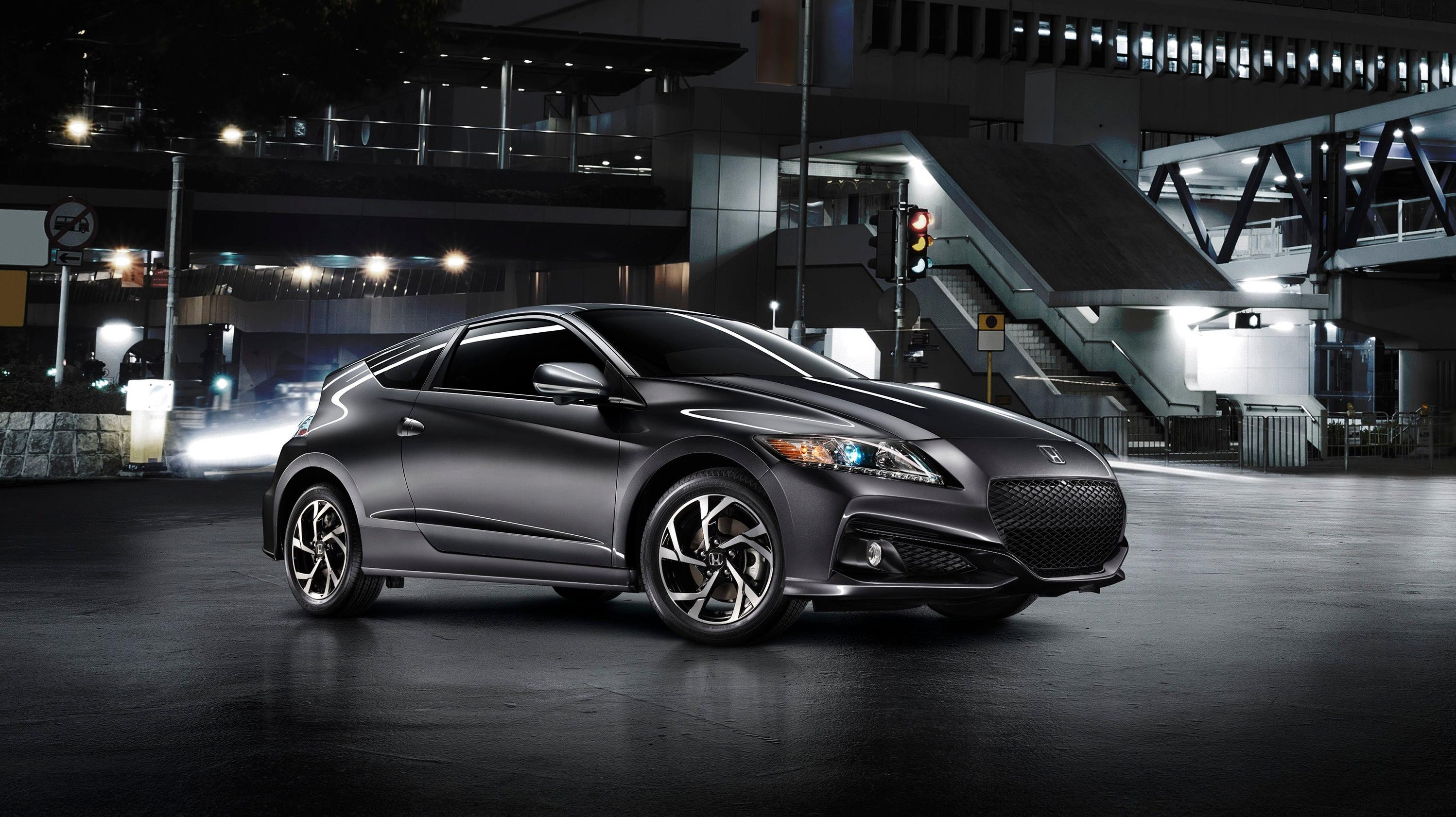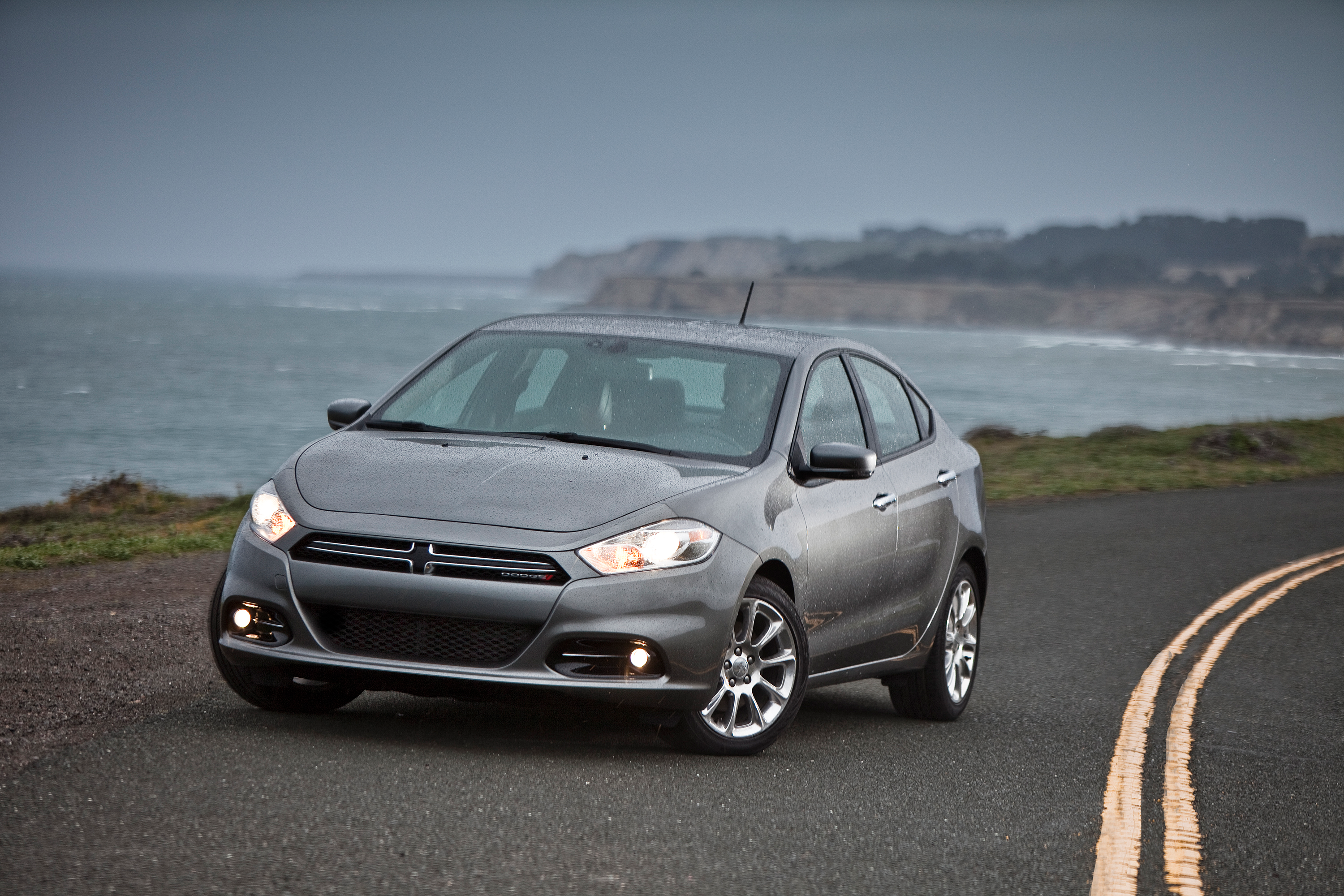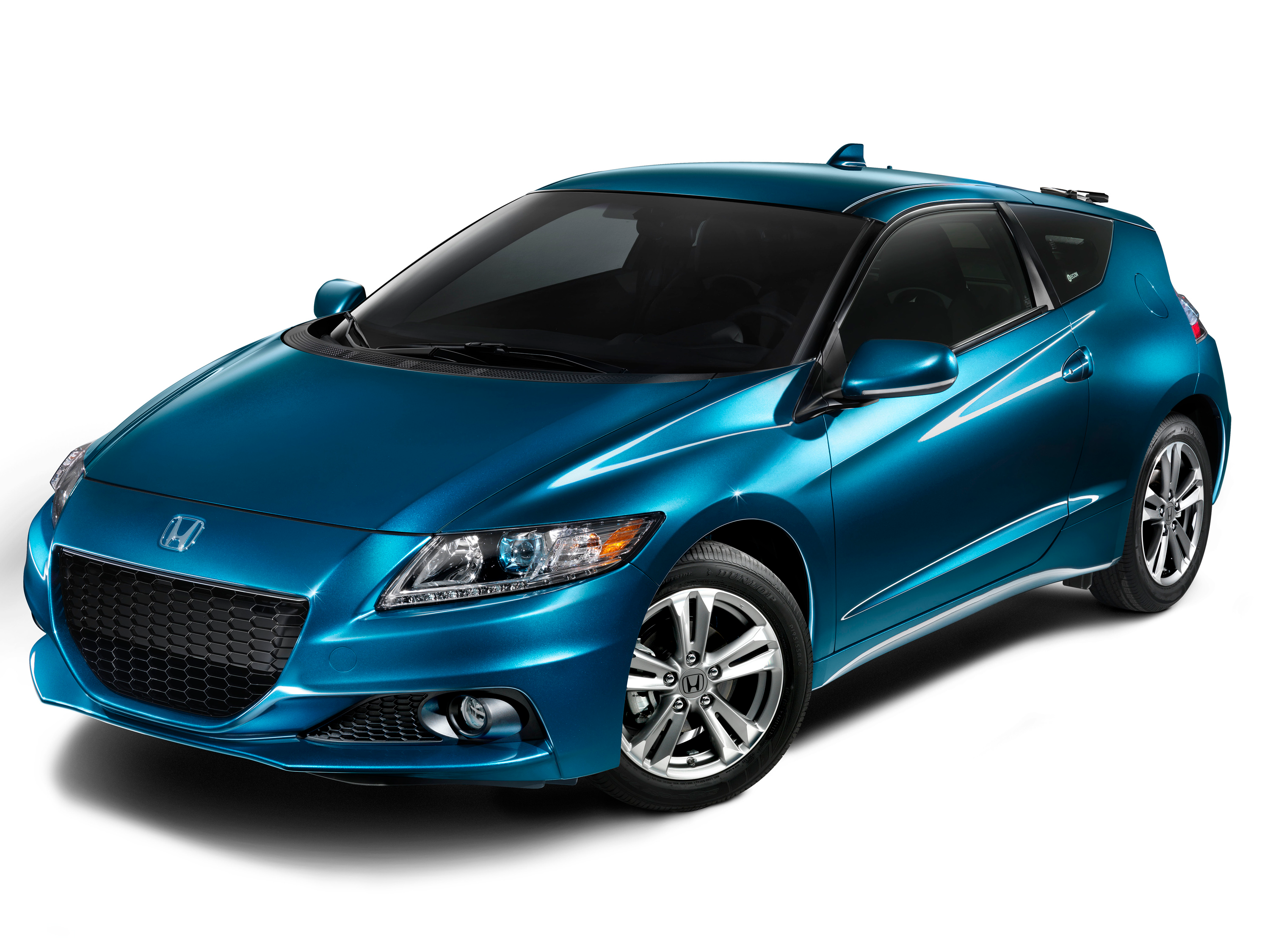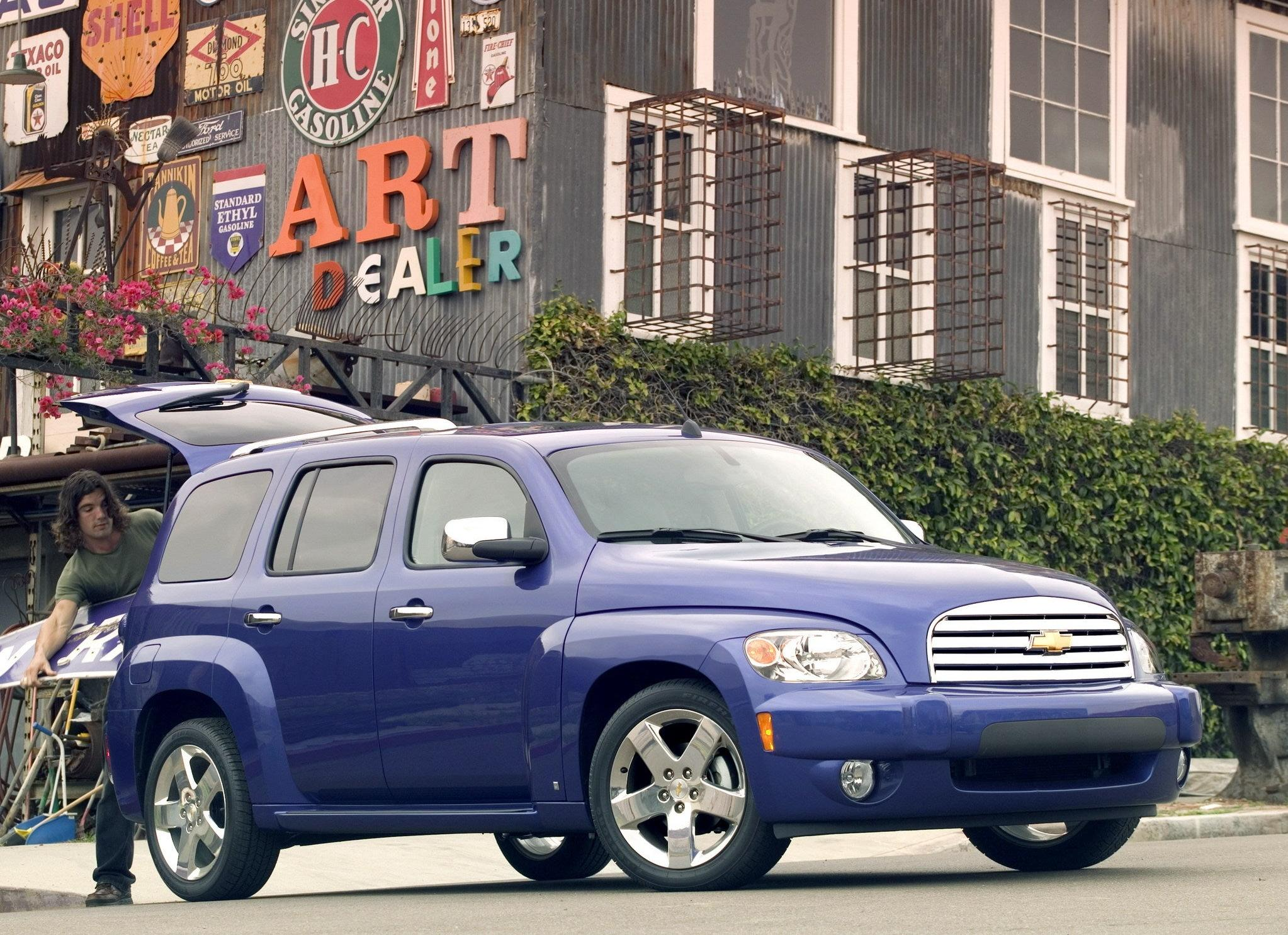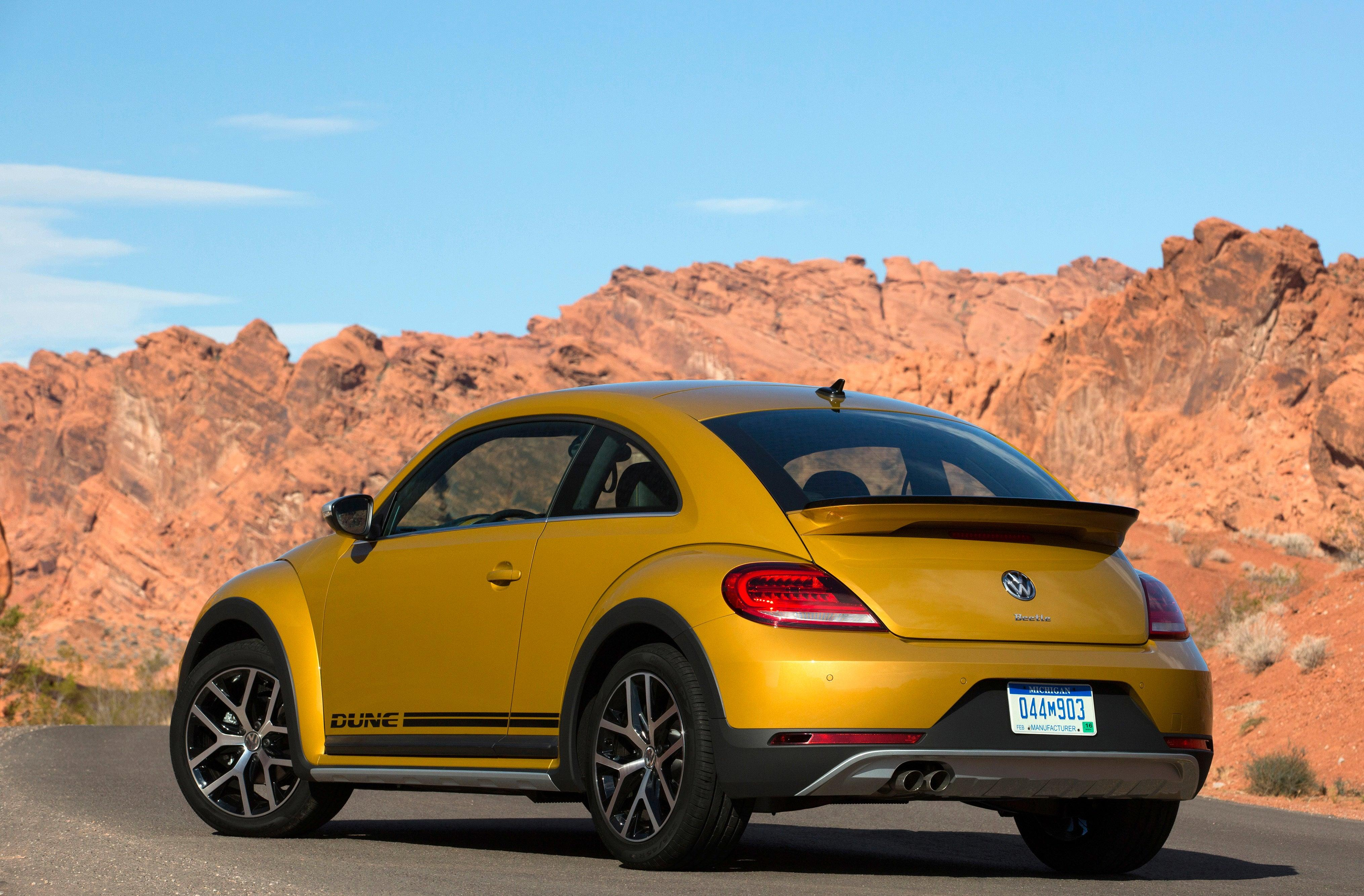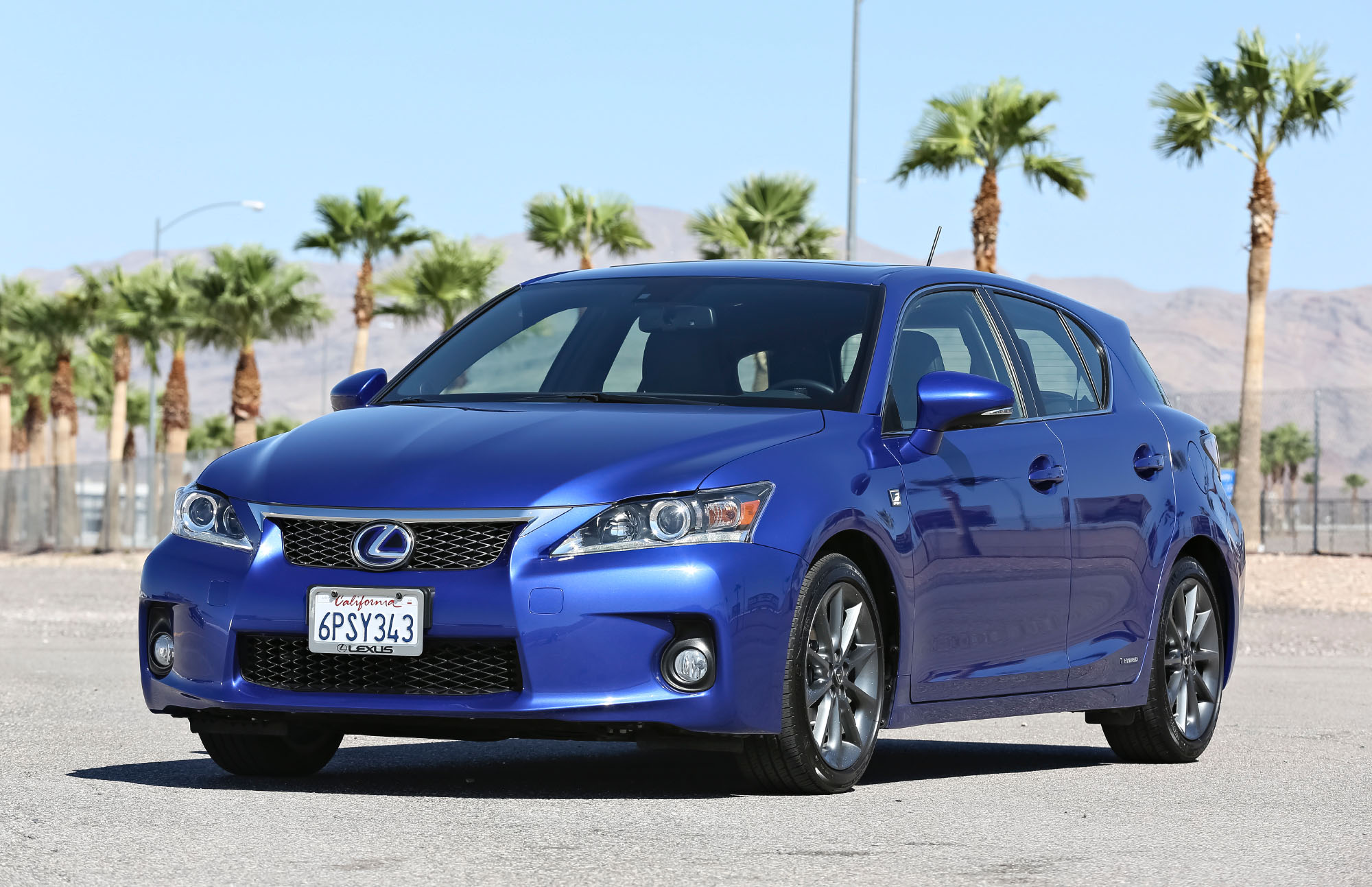Here Are The Cars That Left You Feeling Like The Automaker Was Close To Making Something Great
Some cars were just so close to having something worth bragging about to your friends, and missed it.
Cars that didn't quite make the leap to extraordinary examples of auto manufacturing and design are generally lumped into two categories. There's the cars that were an engine or chassis-tuning away from something memorable, and then there are the cars that looked promising on paper, but the automaker went to lengths selling us on something the car didn't quite deliver on. Either way, for either category, the cars were just a let down.
Last week we asked readers to tell us what cars they thought were close to being something great, and you certainly came in with some examples. Here's a few of the best.
The Final Mazda6
This car is still the nicest mid-size sedan you can get on the market nearly 10 years after it was introduced. For most of that time, it got by with just the 4 cylinder 2.5, and it was fine. I argued for a long time that the car really didn't need more power. I drove mine for 8 years and never really felt like it was lacking in power.
Then they added the turbo 2.5, and the internet rejoiced.
Problem: With Mazda's sporty reputation now a thing of the past, the turbo 2.5 was more of a premium sedan, designed to soak up miles on expressways. It wasn't fun. It didn't feel quicker than my non-turbo. It even seemed floaty to me, and less connected to the road.
A turbo Mazda6 should have been then best FWD sports sedan on the market, maybe one of the best sports sedans period, and it just missed out on that.
I guess that's Mazda's intention now.
Submitted by: dolsh
Honda Civic Del Sol
You'd imagine with its body shape that it could have been mid engine rear wheel drive and a direct competitor to the Toyota MR2. Just like how Toyota put a Camry engine in it, Honda could've used any of their standard B or K series motors and it would've been a blast.
Submitted by: Kenny Nguyen via Facebook
Dodge Dart
Dodge got rid of the Caliber and decided to release another small car. Many were hoping we'd get a "Next Gen Neon". Maybe even eventually a ACR or SRT-4 edition again.
What did we get? A gut-less Fiat Platform with an Alfa Romeo suspension, and a pitiful little 1.4L engine. They eventually bumped it up to a 2.4L Turbo in the SXT and GT, but even then it was only outputting 184HP. While it direct competition such as the Focus offered up to 252HP from it's 2.0L Ecoboost in ST trim.
Instead, it was a gutless, characterless (Unless you count Mopar's sub-quality interiors and constant squeaking, character.) sedan best suited for budget rental cars.
Submitted by: Knyte
Mazdaspeed Protege
Best handling car in its class. Styling by Roush (yes that Roush). Tokico and eibach suspension components. Calaway turbo system. The problem was the differential was not bolted to the ring gear so those failed fairly quickly and the engine was the same internally as a regular protege so as soon as the aftermarket tried turning up the boost you either blew the motor or split the ring gear from the diff.
Submitted by: Reggie Battle via Facebook
Pontiac G6
Midway through the line GM came out with their 3.6l VVT DOHC V6 and 6-speed auto combo for their sedans which was available in the G6's platform mate Malibu. I had a V6/6-speed auto 2008 Malibu and it was a great car, compared it to the G6 of the same year and unless you went way up the chain to get a GXP you were stuck with the old corporate pushrod 3.9L and 4-speed. It sucked the fun out of what was supposed to be the sportier option, didn't want to rev as much, was down on power by at least 30 hp (I belive 220 vs 252) and the 4-speed was lazy.
They even offered the G6 with a manual, but if they had updated the normal GT with the new better engine and trans combo it would have been a winner. It was one of the better looking midsize sedans of the time, had a not bad for GM interior, decent sound system, and could have been a fun car to match the looks.
Submitted by: savethemanualsbmw335ix
Mazda RX-8
The engine was sweet. It handled well. But the fit and finish was so shoddy and poorly done. And it's ergonomics sucked. It was cheap feeling.
It was almost an awesome car.
Submitted by: Paul Crawford via Facebook
Ford Transit Connect (North America)
In terms of practicality, size and body design, these were fantastic.
The letdown was the 4 cyl powertrain options which were 'just okay' and priced significantly higher than the Dodge Caravan that came with the Pentastar V6 or the Mazda 5 van that you could get with stick. Plus the fuel economy, while better, was not hugely better.
Basically it had hybrid-powertrain pricing without the hybrid powertrain. If they had put the Ford Fusion hybrid powertrain in this for the same money, it would have been a great van with vastly better fuel economy than anything else that had seating for 7 (except for the Tesla Model S with the optional seats or the Model X... both of which cost vastly more).
Submitted by: Manwich – now Keto-Friendly
Honda CR-Z
Great styling, peppy power (for a hybrid) but was absolutely ruined by comparing it to the CRX. It also suffered from a bit of an identity crisis because it wasn't quite sporty enough to appeal to the enthusiasts and it wasn't quite fuel efficient enough to appeal to the eco-conscious. And since it only had two seats in the US it wasn't winning over any families.
If they had been a bit more committal one way or the other instead of trying to build a car for everyone it would have been an absolutely fantastic vehicle.
I owned one for a couple of years and loved it.
Submitted by: Zachary Barnes via Facebook
Chevy HHR
100% the HHR. It was a cheap practical car that just so happened to look funky. People that owned them seemed to love them, and they had a panel van version that was a great last mile delivery van, and even an SS model.
If it would have gotten one more generation I think it would have done well. GM could have placed it on the cruse platform and given it that 1.4T mentioned in the article, toned down the retro vibe, and given it some better visibility.
Honestly I think it could have changed the whole car landscape in the US. between the XB and soul and the HHR there seemed to be a hunger for a "Not-SUV" at the time. Something with a high roof, a hatch, and ample storage, but no lift cladding or off road pretentions. I think if the HHR was continued that we would see more "Not-SUV's" than the CUV's we see everywhere now.
Submitted by: John Franklin
VW Beetle Dune
Volkswagen took a normal beetle, lifted it and widened the stance (just a hair) but didn't bother to give it AWD and I'll never understand why.
This was a very strange offering. The dune buggy looks without the actual capability — like adding an all-wheel-drive system — makes you wonder what was the point?
Submitted by: Dakota Dixon via Facebook
Lexus CT200h
Great styling, bleh power plant. Had they offered it equipped with the powerplant from either the IS250 or 350 it would have been much more attractive.
Hot hatch looks and Prius performance. The Lexus CT was a rolling lie for those thinking that the admittedly sporty styling would deliver and equally sport driving experience.
Submitted by: Quaker864
Current Generation Ford Explorer
The 2020 Explorer seems good on paper. Turbo engines, RWD layout. But you get in it, and it feels disappointing.
I couldn't have been the only one that thought the sixth-generation Ford Explorer was promising, at least on paper. Ford moved it onto a rear-wheel-drive platform making it almost a tall wagon. Then Ford announced the ST with a 400 horsepower twin-turbo V6 — with a free trip to Ford's ST performance driver academy. "Sign me up!" But actually, don't. This thing looks better on paper.
Submitted by: Alex Stelling via Facebook
Infiniti Q50
I briefly owned one in the mid 2010s. It was like they got 80% of the way to a really great car, and just stopped. The G35 was almost revolutionary when it came out, and the Q50 had some very advanced features/ideas for its time (sophisticated tech screens, steer by wire) but the execution was lacking and the interior was subpar.
The Infiniti G35/37 was a game changer. In sedan guise, it really was a four-door Nissan Z. But when the G became the Q50, it felt like the car took several steps back compared to the competition. Even in its Red Sport trim with a 400 hp V6, this car still doesn't feel quite... there.
Submitted by: Alexander Hannan via Facebook
Saturn Astra
They kept much of the Opel Astra's handling and exterior styling. That was good. However, they ONLY gave it a 1.8L engine and kept the confusing center console layout without any design changes making it somewhat confusing to American drivers use to a more logical layout.
On top of the issues listed above, the Astra was also a horrible value. While its MSRP was in line with competitors like the Honda Civic, it was missing competitive features that should have come as standard. Buyers also couldn't choose between a choice of body styles and engines as the Astra only came in one configuration: a three-door hatch with the 1.8-liter engine.
Submitted by: David Bordelon via Facebook
Mercury Marauder
If the right people were in charge at the time it would've been a huge success, instead of a "Good Enough" performance sedan.
Mercury/Ford made it seem as if the second coming of the Marauder was going to usher in a new era of the muscle car. Instead customers were handed this Crown Victoria that was getting dusted by GTOs. Sure it shared its 4.6-liter V8 with the Mustang Mach 1 and looked pretty menacing. But it was so close at being something great that its almost maddening.
Submitted by: Brian Fleitas via Facebook
